For a one-off hobby project I want to add a potentiometer to an existing two-sided PCB. There is an unpopulated zone (as far as I can tell) on the PCB that looks ideal, but I'd have to drill mounting holes. The more I read about drilling holes in PCBs and the tools I'd need and making sure it doesn't short out anything, etc... the more I start to wonder whether I should just cut the pins and mounting clamps of the potentiometer short, and glue the four green plastic legs to the PCB.
Am I right in thinking that for someone who doesn't even have a drill press for their Dremel, using a bit of epoxy resin glue would be the easier option, and give basically the same result?
